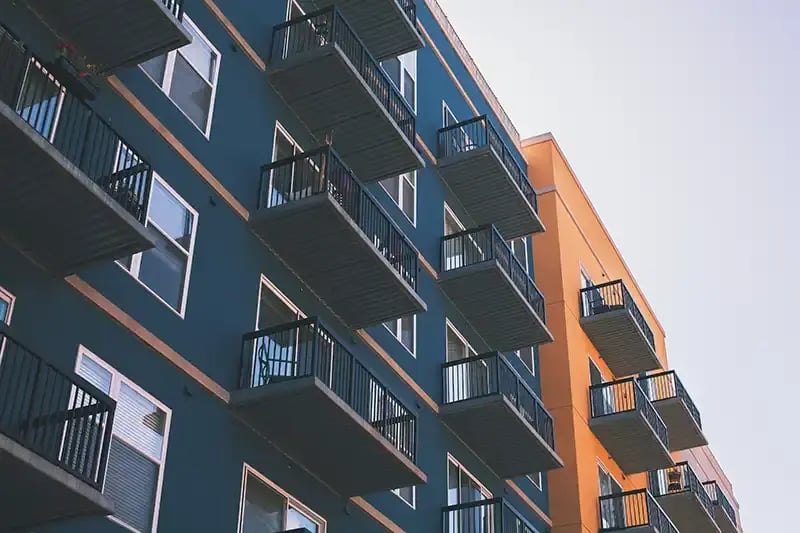In our recent Regional Market Report, we focused on The Midlands – examining the key planning, demographic, and housing datasets that developers need to successfully operate in the region.
For this blog, we’re looking specifically at Leicester, the most populous city in the East Midlands, to explore whether housing delivery is aligning with the population growth predicted for the region.
For more data-driven insights into The Midlands download our Regional Market Report.
Leicester demographic overview
With 4,990 people per sq/km, Leicester is the most densely populated city in the East and West Midlands (Birmingham, for reference, has 4,266 people per sq/km). And with their population in 2021 (based on ONS data) sitting at 368,545, it’s the second most populated LPA after Birmingham.
It also has the second youngest population with a median age of 33.92 years. In turn, this will inform the type of housing which is needed in the city.
The median income is also comparatively low in Leicester at £27,661 in 2022 – compared to Birmingham’s £30,744.
Considering the large and youthful population, is Leicester’s housing market supplying what is needed?
Housing delivery in Leicester
Historic delivery
From 2019 to 2021, Leicester has consistently hit its housing targets – 133%, 111%, and 101% respectively.
New home delivery from 2017-2018 was strong, with 1,954 additional homes being built – significantly higher than Nottingham and Derby (1,393 and 787).
2021-2022 saw a large drop in delivery with Leicester adding only 842 new homes – likely as a result of delays and uncertainty caused by the pandemic.
Over the five years from 2017 to 2022, 3.65 new homes were added for every 1,000 people living in the city.

House prices
As of January 2023, average house prices were £235,918 – a 94.1% increase from 10 years before.
In terms of affordability, house prices were 8.53 times the median earnings of people in Leicester. This figure was pretty mid-table for house price ratios in the East Midlands.
New-build properties were also going for a higher price on average than existing builds in 2021, selling for a premium of 9.79% or £22.74 more per sq/ft. This could potentially be due to the young population starting to get on the property ladder – with new builds often being a popular choice for first-time buyers.
But how is Leicester’s housing delivery expected to perform in the future?
Is delivery aligning with demand?
Leicester’s population grew 11.8% from 2011 to 2021, but is set to see lesser growth in the next 10 years – projected to be 2.5%. Compared to Nottingham (7.8%), this slowdown is even more apparent.
New housing will of course still be needed, but the pressure will be lessened slightly due to the deceleration of population growth.
When we look at the historic pace of delivery alongside the projected population, we calculated that 1,380 homes were needed to meet demand in Leicester. Which based on the number of net new homes added in 2017-2018, should be achievable.
However, Leicester is currently unable to demonstrate that it has the necessary five years of housing land supply, demonstrating only 2.8 years. By comparison across the east midlands, Derby currently has just 3.17 years of housing land supply, while Nottingham has an impressive 6.67 years – which is pretty decent considering that more restrained urban areas typically have lower supply figures.
Councils without five years of housing land supply will find it hard to defend appeals against refusal or non-determination of planning applications, so these areas may become the target of speculative development applications.
For more data-driven insights into the housing market, demographics, and the planning system, download our Regional Market Report: The Midlands here or register below to catch up on our on-demand webinar – Market Overview: The Midlands.
Sign up here:
Here’s some other content you might be interested in:
